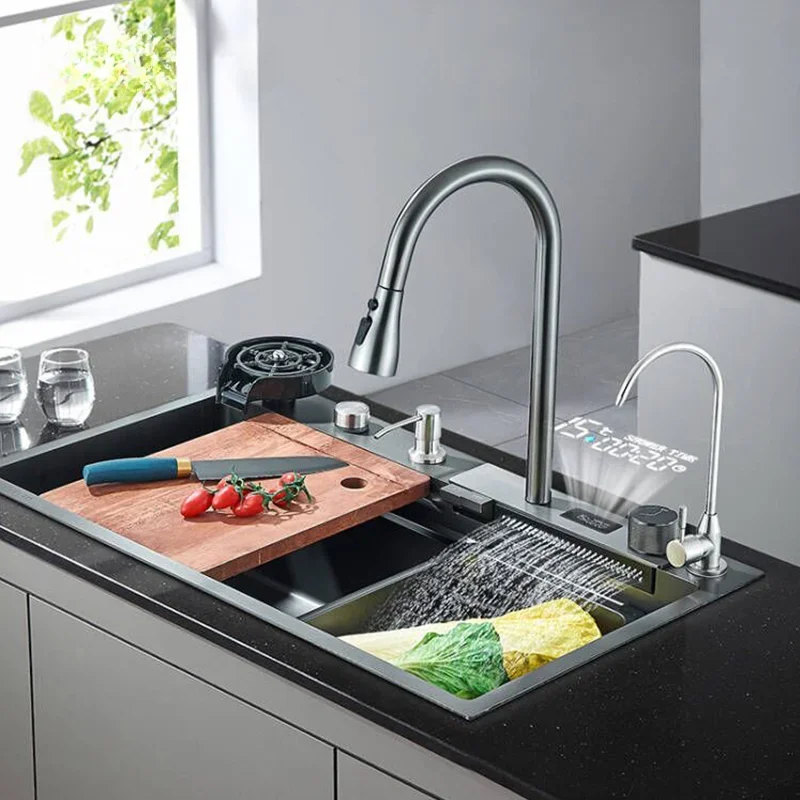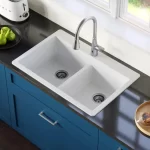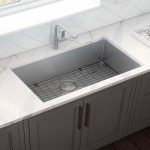When faced with a clogged kitchen sink, one of the first solutions many homeowners consider is Drano or similar drain cleaners. The convenience of a quick fix is appealing, but how effective is Drano for kitchen sinks? This article explores the effectiveness of Drano, its potential risks, and alternatives to address kitchen sink clogs.
Understanding Drano and Its Effectiveness
What is Drano?
Drano is a well-known brand of chemical drain cleaners designed to dissolve clogs in household plumbing. It typically contains a mix of powerful chemicals, including sodium hydroxide (lye) and sodium nitrate. These substances work together to break down organic materials like hair, grease, and food particles that commonly cause clogs.
How Drano Works
Drano’s primary function is to create a chemical reaction that generates heat. This heat helps to dissolve the clogging materials and clears the pipe. The sodium hydroxide reacts with water to produce sodium aluminate and heat, which softens and breaks down the clog. The process also helps to flush the debris through the pipes, clearing the blockage.
Effectiveness on Kitchen Sinks
Drano can be effective in clearing simple clogs in kitchen sinks, particularly those caused by food particles or grease. However, its effectiveness can vary based on the nature and severity of the clog. For instance, Drano may struggle with more stubborn clogs, such as those caused by a combination of materials or severe buildup over time.
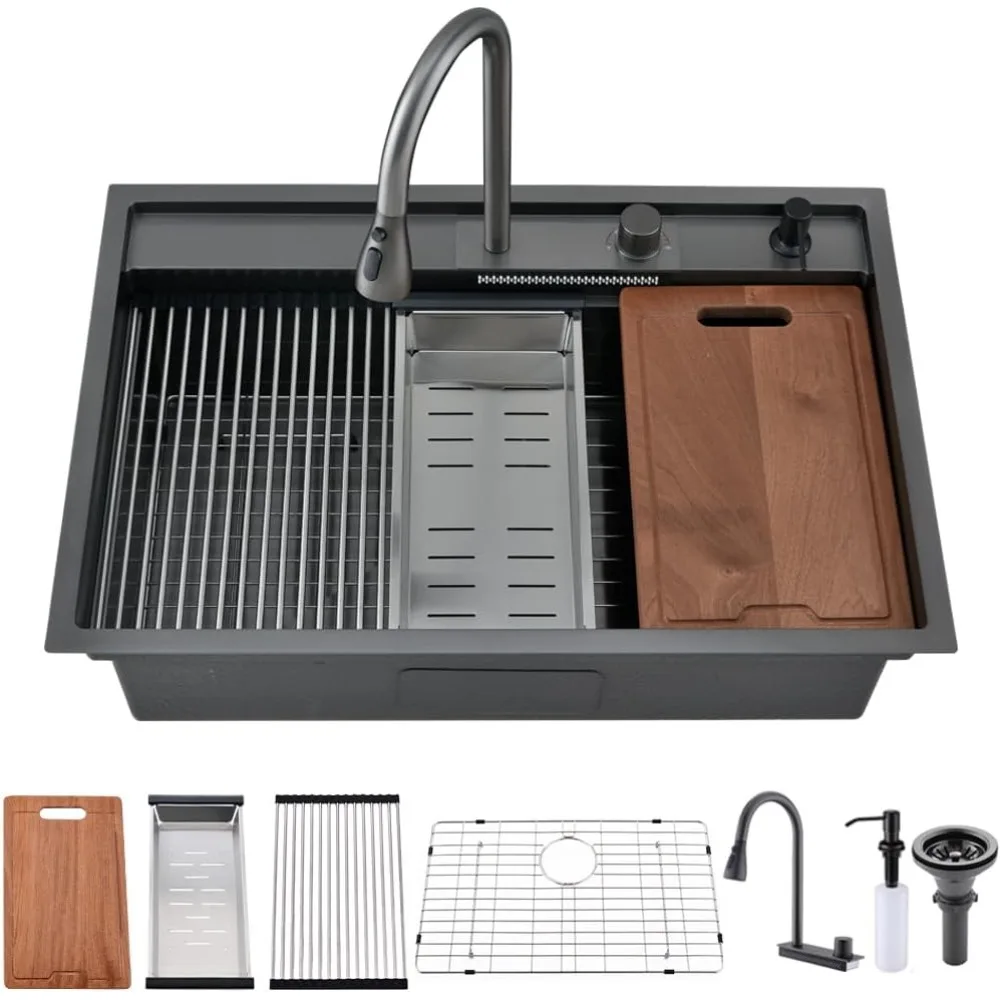
Pros and Cons of Using Drano
Advantages of Drano
- Quick Solution: Drano offers a fast and convenient way to tackle clogs without the need for professional help.
- Ease of Use: The application process is straightforward; you simply pour the solution into the drain and wait.
- Accessibility: Drano is readily available at most grocery and hardware stores, making it a convenient option for many homeowners.
Disadvantages of Drano
- Potential Damage: The harsh chemicals in Drano can corrode pipes over time, especially if used frequently or on older plumbing systems.
- Environmental Impact: Drano’s chemical composition is not eco-friendly and can contribute to environmental pollution if not disposed of properly.
- Health Risks: The fumes and contact with Drano can be harmful if proper safety precautions are not followed, such as wearing gloves and ensuring good ventilation.
Risks of Using Drano on Kitchen Sinks
Chemical Reactions and Pipe Damage
Drano’s chemical reactions can generate a significant amount of heat, which can potentially damage pipes, especially if they are made of plastic or are older. Over time, repeated use of chemical drain cleaners can lead to weakened or cracked pipes, which might result in leaks or more severe plumbing issues.
Safety Hazards
Using Drano involves handling caustic chemicals that can be hazardous to health. Direct contact with the skin or inhalation of fumes can cause irritation, burns, or respiratory issues. It’s crucial to follow safety instructions carefully, including wearing protective gear and ensuring proper ventilation.
Effectiveness with Different Types of Clogs
Drano may not always be effective for all types of clogs. For instance, if the blockage is caused by a foreign object or a more severe buildup, Drano might not resolve the issue. In such cases, the chemical cleaner could potentially push the clog further down the pipe, making it more challenging to remove.
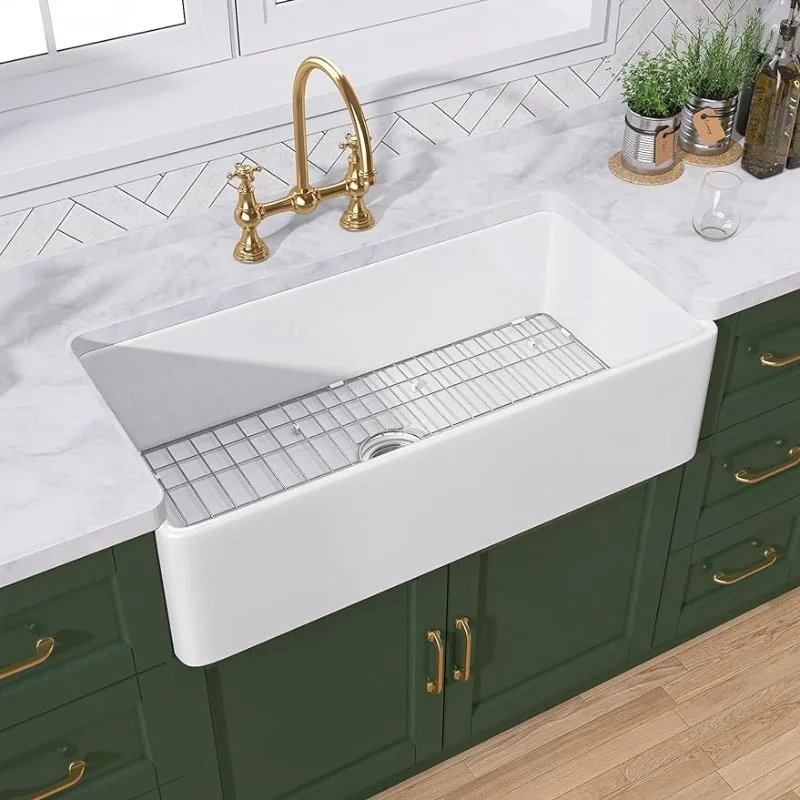
Alternatives to Drano for Kitchen Sink Clogs
Plumber’s Snake
A plumber’s snake, also known as a drain auger, is a mechanical device used to break up and remove clogs. It consists of a long, flexible metal cable that can reach deep into pipes to dislodge blockages. A plumber’s snake is an effective tool for many types of clogs and can be a good alternative to chemical drain cleaners.
- Manual vs. Electric Snakes: Manual snakes are operated by hand and are suitable for smaller clogs, while electric snakes can handle more stubborn blockages with greater ease.
- Usage Tips: Insert the snake into the drain, turn the handle or operate the motor, and push the cable through the pipe to break up the clog. Pull out the debris and rinse the pipes with water.
Baking Soda and Vinegar
A natural and environmentally friendly alternative involves using baking soda and vinegar. This combination creates a fizzing reaction that can help to loosen and dissolve clogs. It’s a safe and non-toxic method suitable for many types of kitchen sink blockages.
- How to Use: Pour a cup of baking soda into the drain, followed by a cup of vinegar. Allow the mixture to fizz and sit for about 15-30 minutes. Flush with hot water to clear the debris.
- Effectiveness: This method is best for minor clogs and regular maintenance. It may not be effective for severe blockages or persistent issues.
Manual Cleaning
In some cases, manually removing the clog may be the most effective solution. This involves disassembling the drain trap (P-trap) under the sink to access and clean out the blockage.
- Disassembly: Place a bucket under the trap to catch any water or debris. Unscrew the trap and remove any obstructions manually.
- Reassembly: After cleaning, reassemble the trap, ensuring all connections are secure to prevent leaks.
Professional Plumbing Services
For persistent or severe clogs, it might be best to consult a professional plumber. Professional services can diagnose the issue accurately and provide effective solutions, such as advanced drain cleaning techniques or pipe repairs.
- When to Call a Plumber: If you experience repeated clogs, significant blockages, or plumbing issues beyond your control, a plumber can provide expert assistance and long-term solutions.
- Benefits of Professional Help: Plumbers have specialized tools and knowledge to address complex issues that DIY methods might not resolve.
Prevention Tips for Kitchen Sink Clogs
Regular Maintenance
To minimize the risk of clogs, regular maintenance is key. Avoid disposing of grease, large food scraps, or non-dissolvable materials in the sink. Using a sink strainer can catch debris and prevent it from entering the pipes.
Hot Water Flushes
Occasionally flushing your sink with hot water can help to dissolve and wash away grease and food particles that may contribute to clogs. This simple practice can keep your pipes clear and reduce the likelihood of blockages.
Enzyme Cleaners
Consider using enzyme-based drain cleaners as a more eco-friendly option. These products use natural enzymes and bacteria to break down organic matter in the pipes without harsh chemicals.
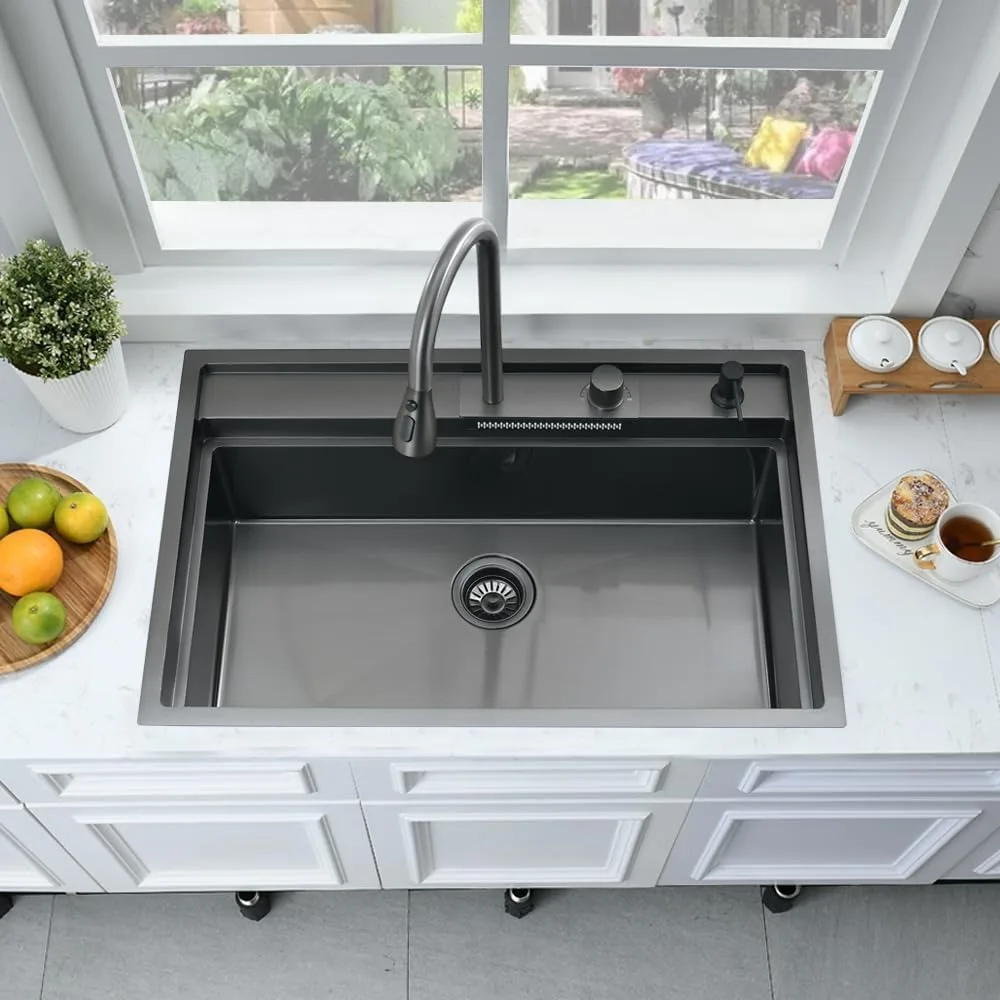
Evaluating the Cost of Using Drano
Price Comparison
Drano is generally affordable, with a cost ranging from $5 to $10 per bottle, depending on the size and type of product. This makes it a budget-friendly option for immediate relief from minor clogs. However, frequent use can add up over time, especially if it leads to damage or additional plumbing issues.
Long-Term Costs
While Drano might seem economical in the short term, repeated use could result in higher long-term costs. Damage to pipes or the need for professional repairs due to corrosion can outweigh the initial savings. Investing in preventative measures or quality tools might provide a more cost-effective solution in the long run.
Conclusion: Is Drano the Best Choice?
Drano can be a quick and effective solution for some kitchen sink clogs, especially those caused by organic debris. However, it comes with potential risks, including pipe damage and safety hazards. For a more comprehensive approach, consider alternatives like plumber’s snakes, natural remedies, and professional services. Regular maintenance and preventive measures can also help keep your kitchen sinks running smoothly and reduce the need for harsh chemicals. Ultimately, choosing the best solution depends on the specific nature of the clog and your long-term plumbing goals.
